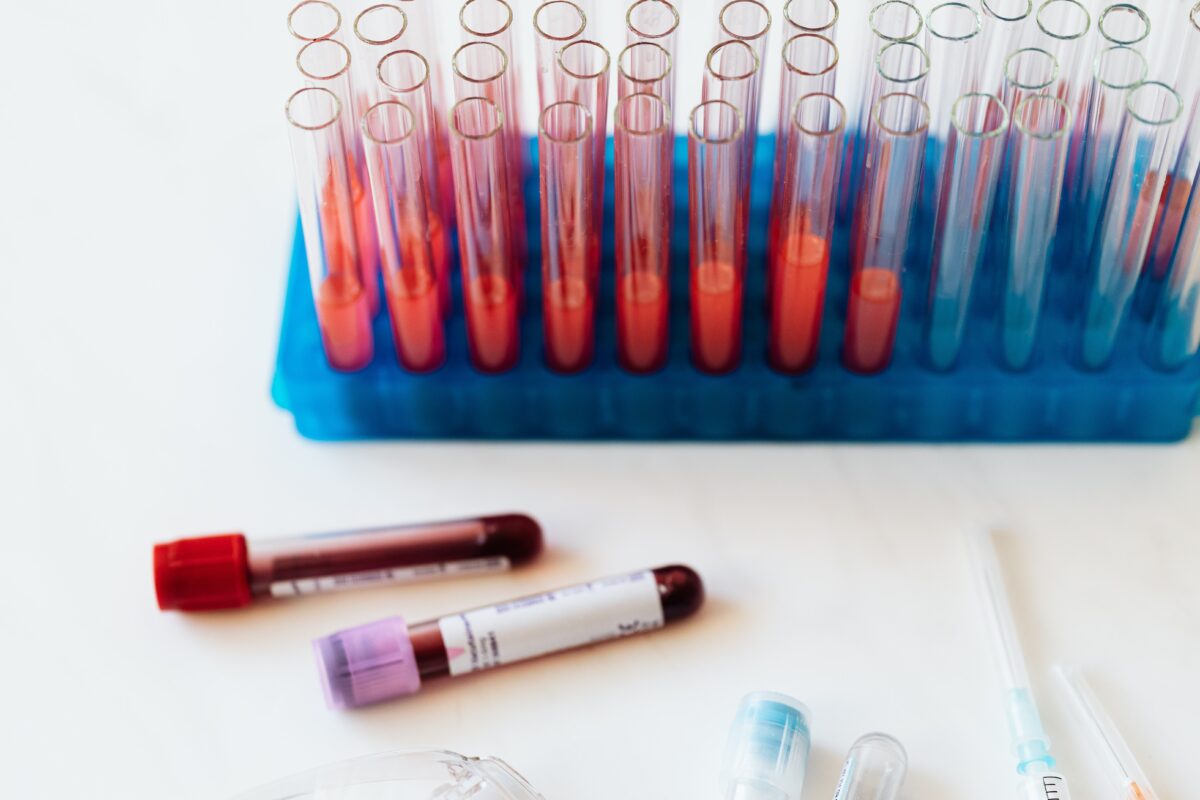- olusola Butler
- Wed 21, December 2022
- 3.5K Views
- 12 comments
The Essential Guide to White Blood Cells: Function, Nutrition, and Lifestyle Factors

White blood cells, also known as leukocytes, play a crucial role in the immune system by protecting the body against infection and disease. They are an essential component of the human body’s defence mechanism and are responsible for identifying and eliminating foreign substances such as bacteria and viruses.
In this article, we will explore the discovery and history of white blood cells, the different types of white blood cells and their characteristics, and the foods and activities that can help improve white blood cell function.
What is a White Blood Cell?
White blood cells are a type of immune cell that is produced and stored in the bone marrow. They are different from red blood cells, which carry oxygen throughout the body, and platelets, which help with blood clotting. White blood cells are essential for maintaining the body’s immune response and defending against infection and disease.
History of the White Blood Cell
White blood cells were first discovered in the late 19th century by Paul Ehrlich, a German physician and scientist. Ehrlich was studying the immune system and noticed that some cells in the blood could attack and destroy foreign substances in the body. He named these cells “leukocytes,” which means “white blood” in Greek.
Types of White Blood Cells and Characteristics
There are several different types of white blood cells, each with its unique characteristics and functions. These include:
- Neutrophils: These are the most common type of white blood cell and are responsible for attacking and eliminating bacteria and other foreign substances.
- Lymphocytes: There are two types of lymphocytes: B-cells and T-cells. B-cells produce antibodies, while T-cells directly attack infected cells.
- Monocytes: These cells are responsible for removing dead cells and debris from the body.
- Eosinophils: These cells are involved in the immune response to parasites and allergies.
- Basophils: These cells release chemicals that help to stimulate the immune response.
How You can improve the White Blood Cells
There are several ways to improve the production and function of white blood cells. One of the most effective methods is to eat a healthy and balanced diet that is rich in fruits, vegetables, and other sources of vitamins and minerals. Some specific nutrients that have been shown to support the immune system and white blood cell function include vitamin C, vitamin E, and zinc. These nutrients can be found in a variety of foods, including citrus fruits, berries, leafy greens, nuts, and whole grains.
In addition to a healthy diet, regular physical activity has also been shown to improve immune function and white blood cell production. Exercise can stimulate the production of immune cells, as well as help remove bacteria and other harmful substances from the body. It is recommended to engage in at least 150 minutes of moderate-intensity physical activity per week.
Other factors that can contribute to the production and function of white blood cells include getting enough sleep, managing stress, and avoiding tobacco and excessive alcohol consumption. It is also important to practice good hygiene, such as washing your hands frequently and covering your mouth and nose when sneezing or coughing, to reduce the risk of infections.
Conclusion
Overall, white blood cells are an essential part of the immune system and play a crucial role in protecting the body from infection and disease. A healthy diet, regular physical activity, and other healthy lifestyle habits can help to improve the production and function of white blood cells, strengthening the body’s natural defences against illness.








Thank you for this lesson.
I will keep that in mind
Learnt a lesson again
Wowww…
I have learnt a new thing today
Nice information.
I have learnt something new today
We learn everyday. Thank you for reading.
Wow that is nice
So great
This is really so interested
Omo I no know wetin to tell you
This makes me remember my biology those days,thank you sir